
Protein is essential for muscle repair, energy, and metabolism, but eating the same chicken breast or scrambled eggs every day can get old fast. While chicken, eggs, and whey protein dominate the spotlight, there are plenty of other high-protein options worth exploring. These underrated sources offer variety, added nutrients, and fresh flavor to any diet. Whether you’re plant-based, lactose-sensitive, or just bored with the usual, this list opens the door to delicious alternatives. Let’s break free from the routine and discover protein sources you might not be using yet.
Greek Yogurt (Plain, Unsweetened)

Greek yogurt packs around 15 to 20 grams of protein per serving, depending on the brand. It also offers probiotics, which are great for gut health. Choosing unsweetened versions keeps the sugar low and makes it versatile for both sweet and savory meals. You can use it as a base for sauces, dips, or a protein-rich breakfast with fruit. It’s a powerhouse that often gets overshadowed by flashier protein options.
Edamame

Edamame, or young soybeans, offers around 18 grams of protein per cup. They’re also rich in fiber, iron, and essential amino acids. This makes them a complete protein and an excellent option for plant-based eaters. Edamame can be boiled and sprinkled with sea salt, tossed into stir-fries, or blended into dips. They’re a convenient snack with big nutritional payoff.
Canned Tuna (in Water)

Tuna is lean, portable, and boasts roughly 20 grams of protein per 3-ounce serving. It’s rich in omega-3 fatty acids and vitamin D. While fresh fish can be pricey or perishable, canned tuna has a long shelf life and is easy to prepare. Choose varieties packed in water for fewer calories. It’s perfect for salads, wraps, or quick meals on the go.
Cottage Cheese
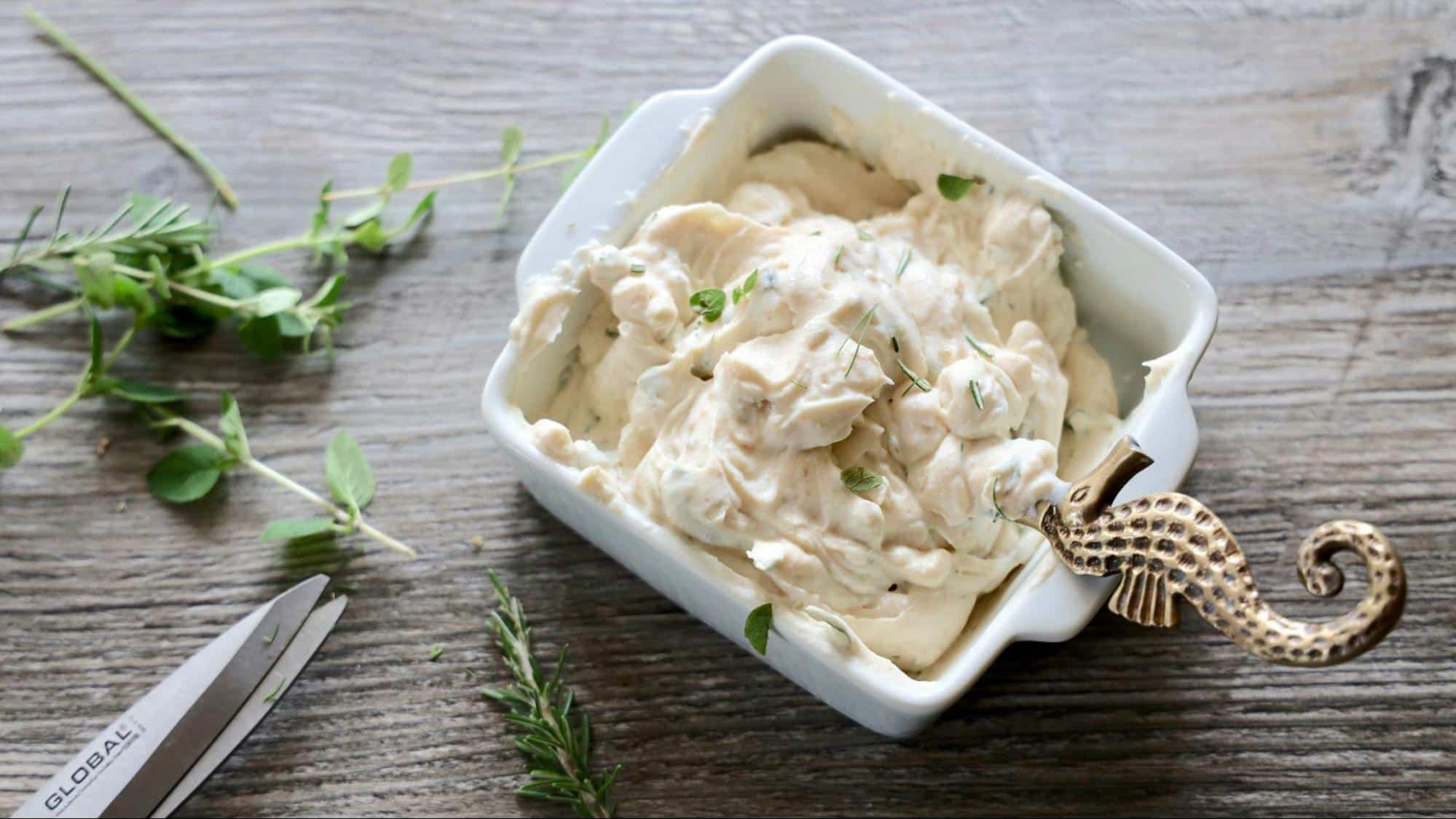
Cottage cheese has about 13 grams of protein per half-cup and is rich in casein, a slow-digesting protein ideal for muscle maintenance. It’s also high in calcium and often comes in low-fat or full-fat varieties. The texture and flavor make it a flexible addition to meals, smoothies, or snacks. Look for low-sodium versions if you’re watching salt intake.
Lentils

Lentils provide about 18 grams of protein per cooked cup and are also high in fiber and iron. They’re incredibly versatile, budget-friendly, and easy to store. You can toss them in soups, stews, or salads, or use them as a base for plant-based patties. Their high satiety factor makes them great for keeping hunger at bay.
Tempeh

Tempeh is a fermented soy product with about 21 grams of protein per 4-ounce serving. It’s dense, nutty, and more textured than tofu. The fermentation process also boosts gut-friendly bacteria. Tempeh can be sliced, marinated, grilled, or crumbled into recipes as a meat substitute. It’s a nutrient-dense option for anyone exploring more plant-based meals.
Black Beans

Black beans offer around 15 grams of protein per cooked cup and come packed with fiber, iron, and antioxidants. They’re a staple in many global cuisines and adapt well to various dishes. Whether in burrito bowls, salads, or soups, they provide solid protein and a satisfying bite. They’re especially great when combined with rice for a complete amino acid profile.
Pumpkin Seeds
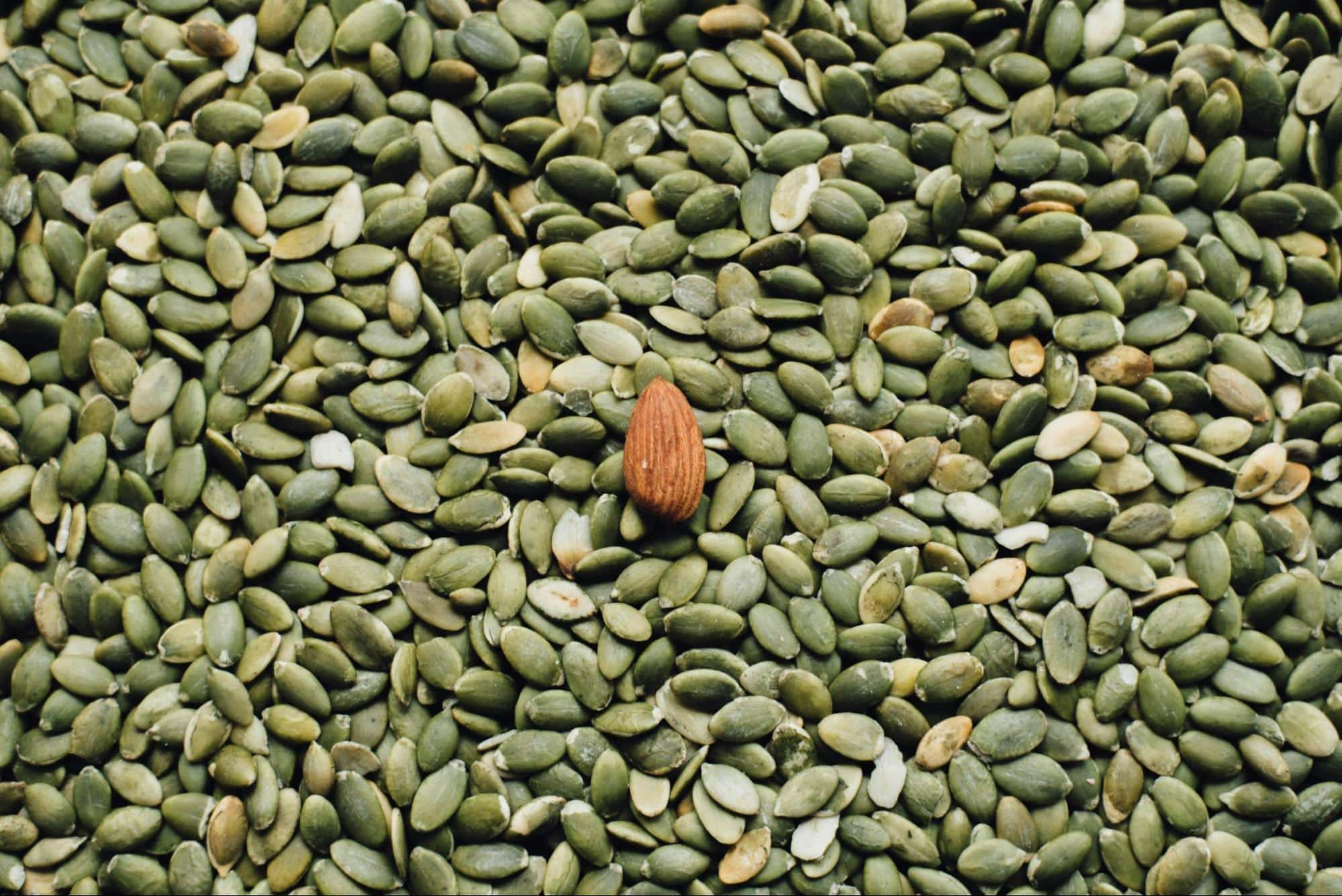
Pumpkin seeds, or pepitas, contain roughly 7 grams of protein per ounce. They also bring magnesium, zinc, and healthy fats to the table. These seeds are easy to toss onto salads, yogurt, oatmeal, or just eat by the handful. They’re a crunchy, satisfying way to sneak protein into your day.
Quinoa

Quinoa is a rare plant-based complete protein, offering about 8 grams per cooked cup. It’s gluten-free, high in fiber, and cooks quickly. Its subtle nutty flavor pairs well with both sweet and savory dishes. From breakfast bowls to side dishes, quinoa adds both protein and texture.
Sardines
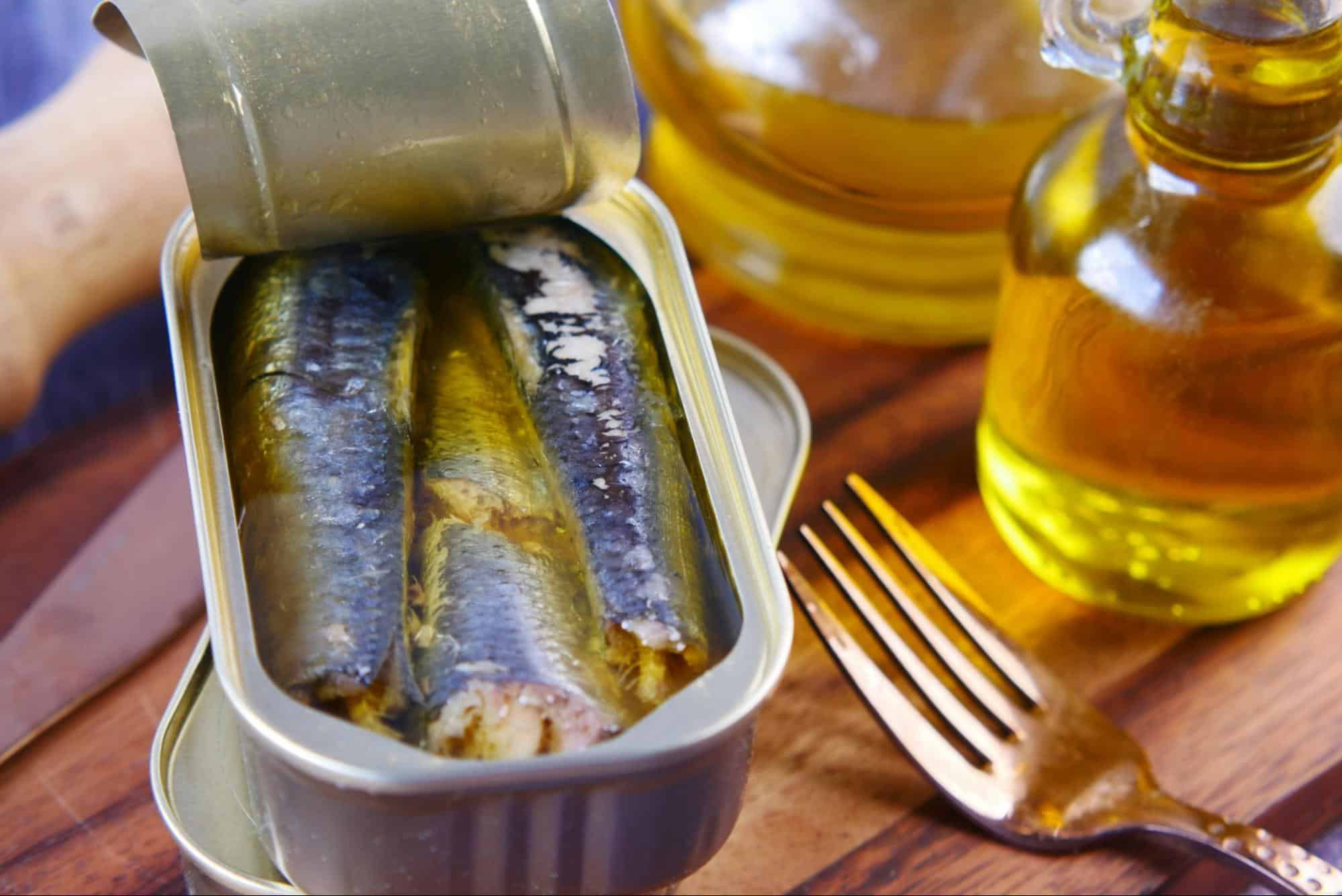
Sardines bring around 23 grams of protein per 3.5-ounce serving and are rich in calcium, omega-3s, and vitamin B12. They come canned, which makes them convenient and budget-friendly. The flavor can be bold, but when paired with lemon or mustard, they become surprisingly palatable. Ideal for toast, salads, or pasta.
Chickpeas

Also known as garbanzo beans, chickpeas offer around 15 grams of protein per cooked cup. They’re also rich in fiber and essential vitamins. Chickpeas are versatile, roast them for snacks, mash them into hummus, or toss them into salads and stews. They’re a pantry staple with staying power.
Seitan

Seitan, or wheat gluten, is one of the highest plant-based protein sources at around 21 grams per 3-ounce serving. Its meaty texture makes it popular in vegan and vegetarian dishes. While not suitable for those with gluten intolerance, it’s great for stir-fries, sandwiches, and skewers. Seasoned well, it can mimic many meat-based dishes.
Bison
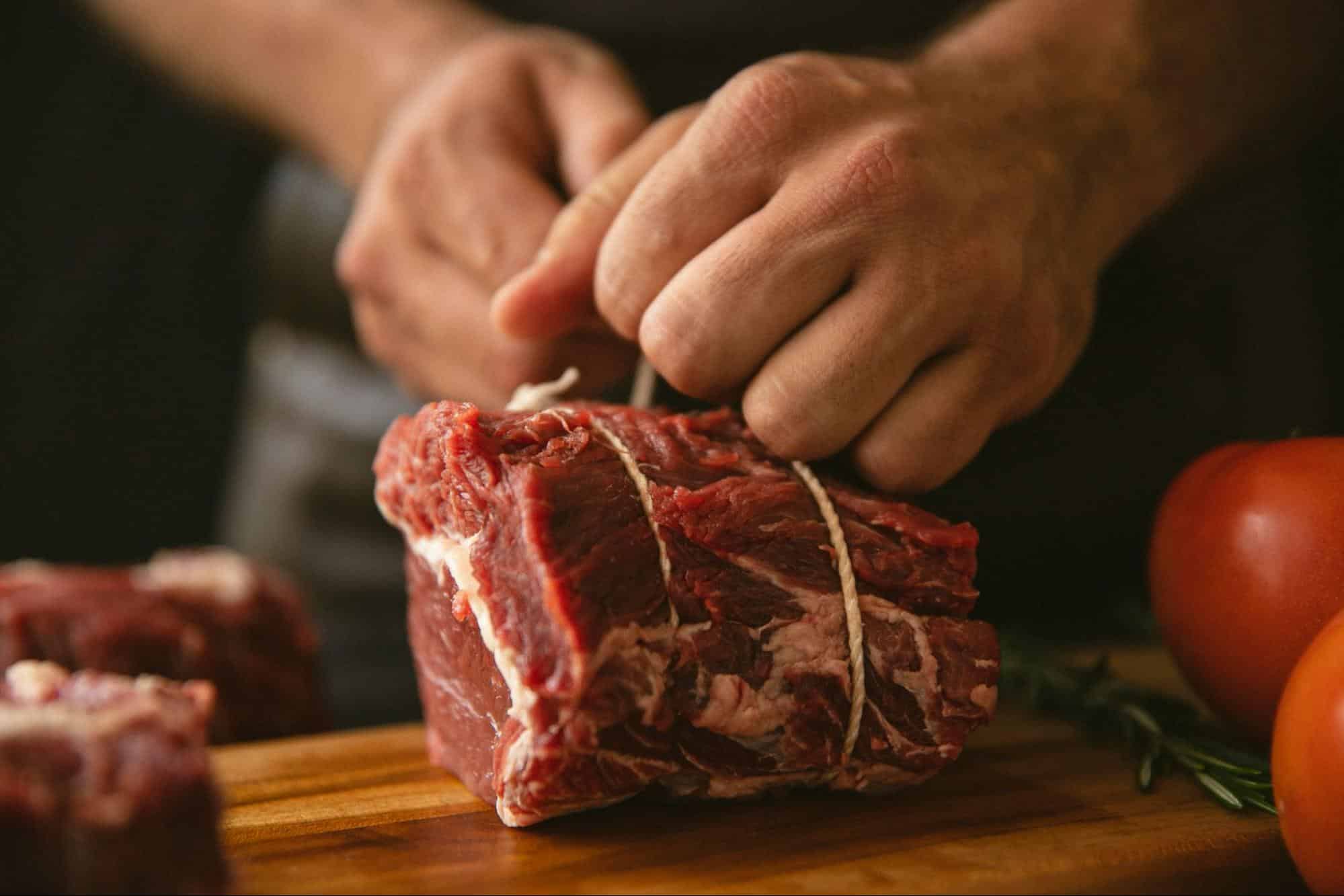
Leaner than beef, bison offers about 22 grams of protein per 4-ounce serving. It’s lower in fat and often grass-fed, which adds omega-3 benefits. Bison can be used in burgers, meatballs, or grilled as steaks. It has a richer flavor than beef and supports muscle health without the added fat.
Tofu
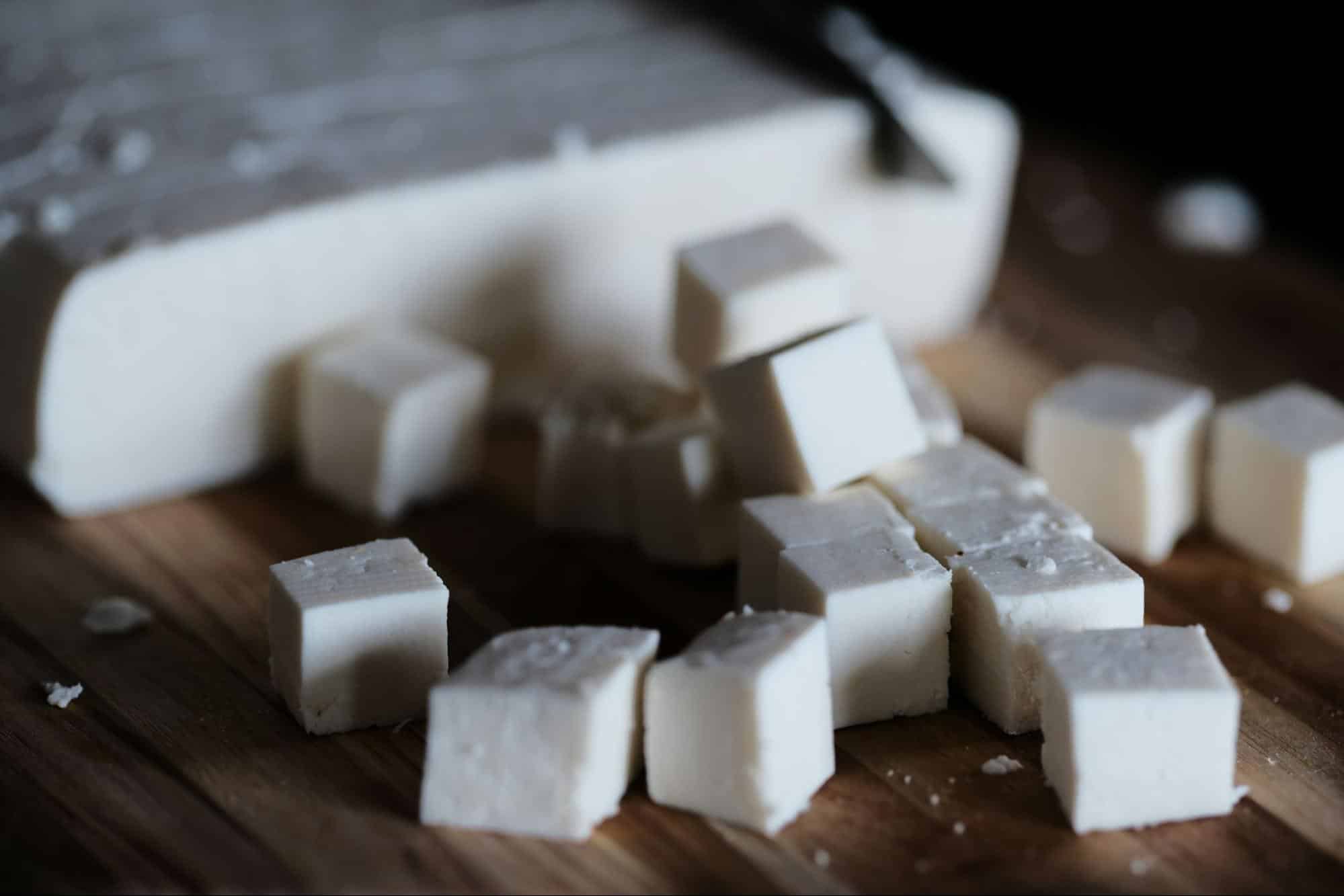
Tofu brings about 10 grams of protein per half-cup and is a staple in vegetarian diets. It absorbs flavor well and can be baked, fried, or blended. Tofu comes in different textures from silken to extra firm, offering flexibility in how it’s prepared. It’s especially good in Asian-style stir-fries or protein-rich smoothies.
Almonds
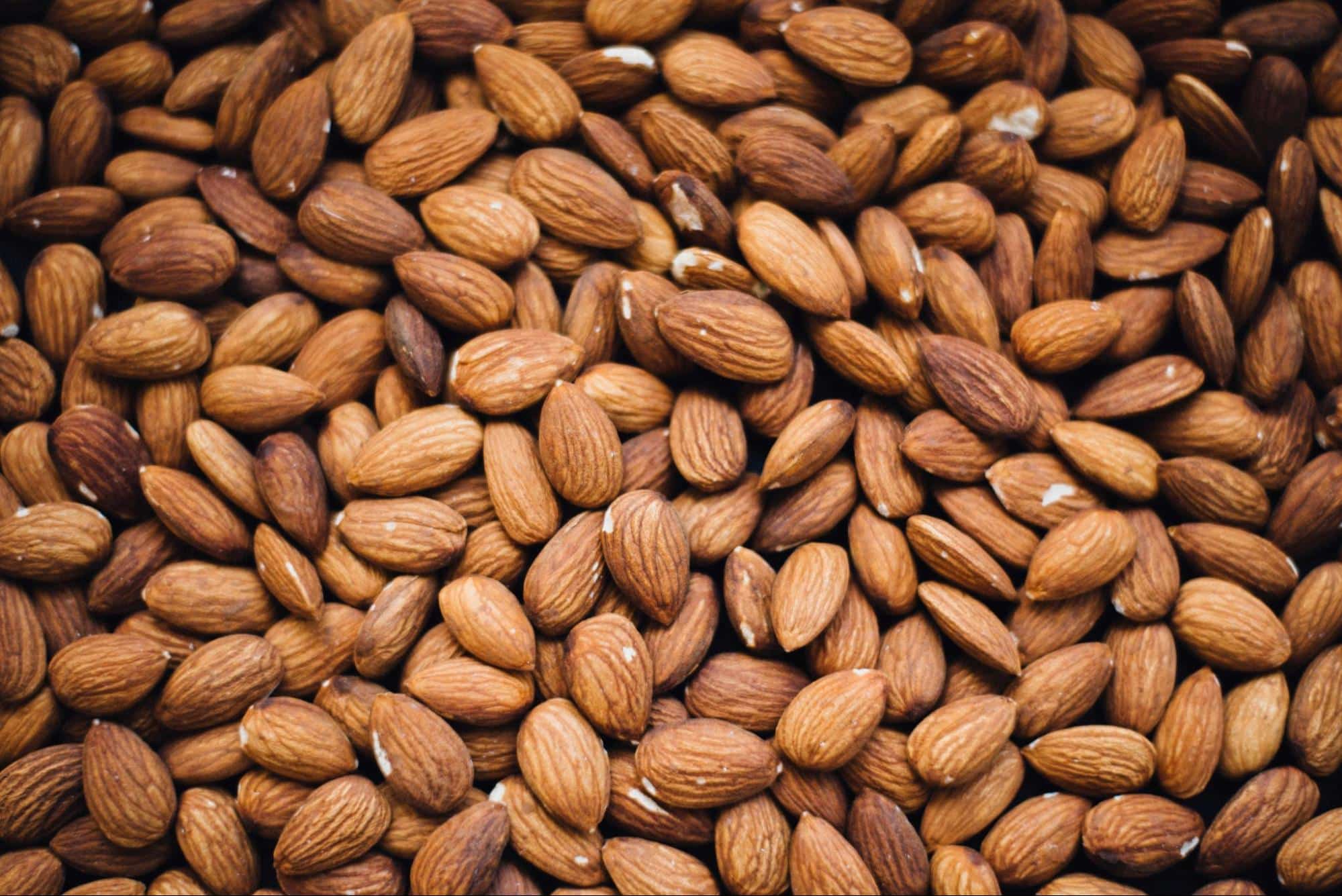
Almonds contain about 6 grams of protein per ounce along with healthy fats and vitamin E. They’re easy to pack, shelf-stable, and great for snacking or topping meals. Use almond butter as a spread or add crushed almonds to salads and yogurt. They help keep energy stable between meals.
Peas (Green or Split)
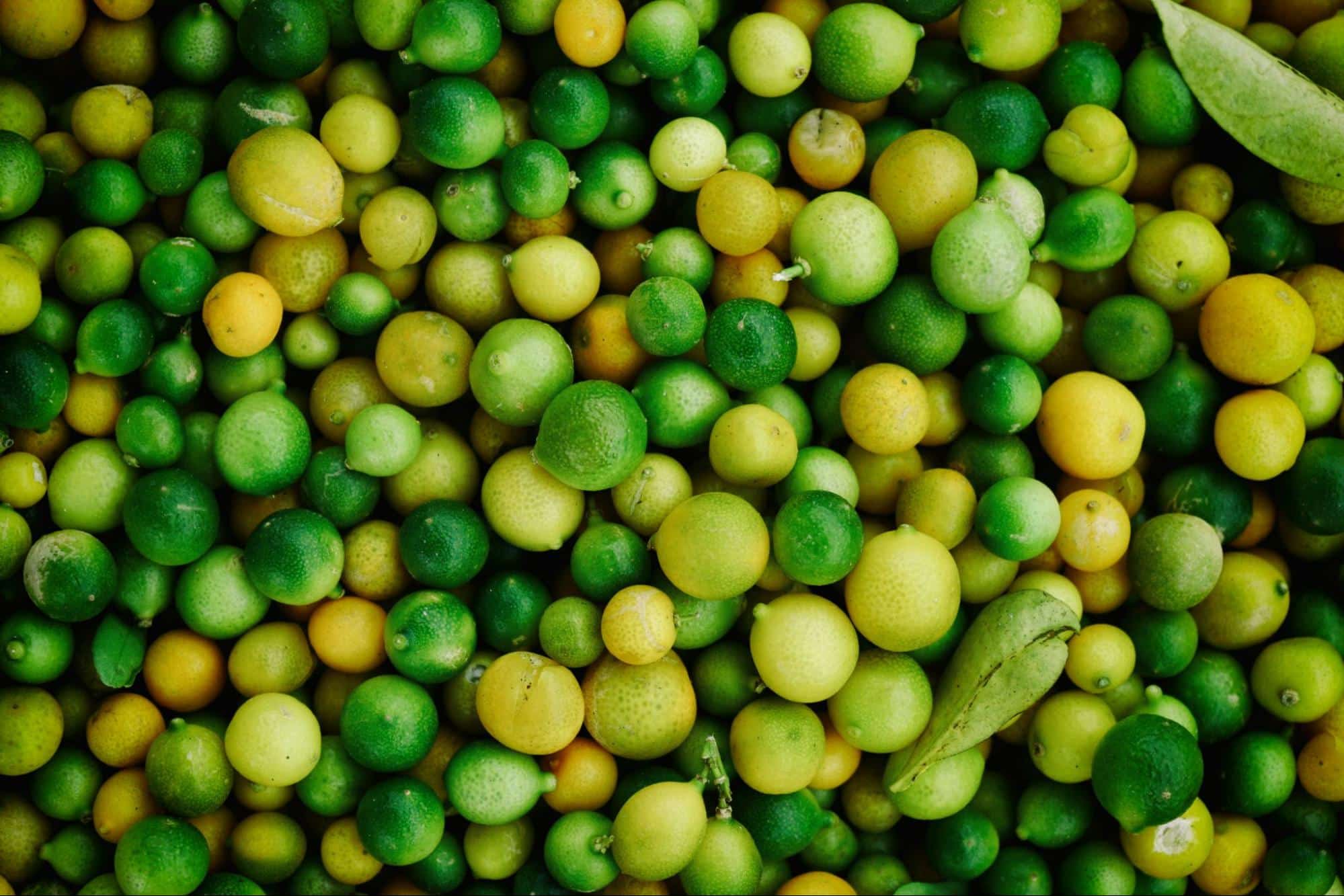
Green and split peas offer 8 to 16 grams of protein per cup, depending on the variety. They’re high in fiber and surprisingly filling. Peas work well in soups, purees, or even as a base for protein-packed dips. A humble yet powerful protein choice.
Oats
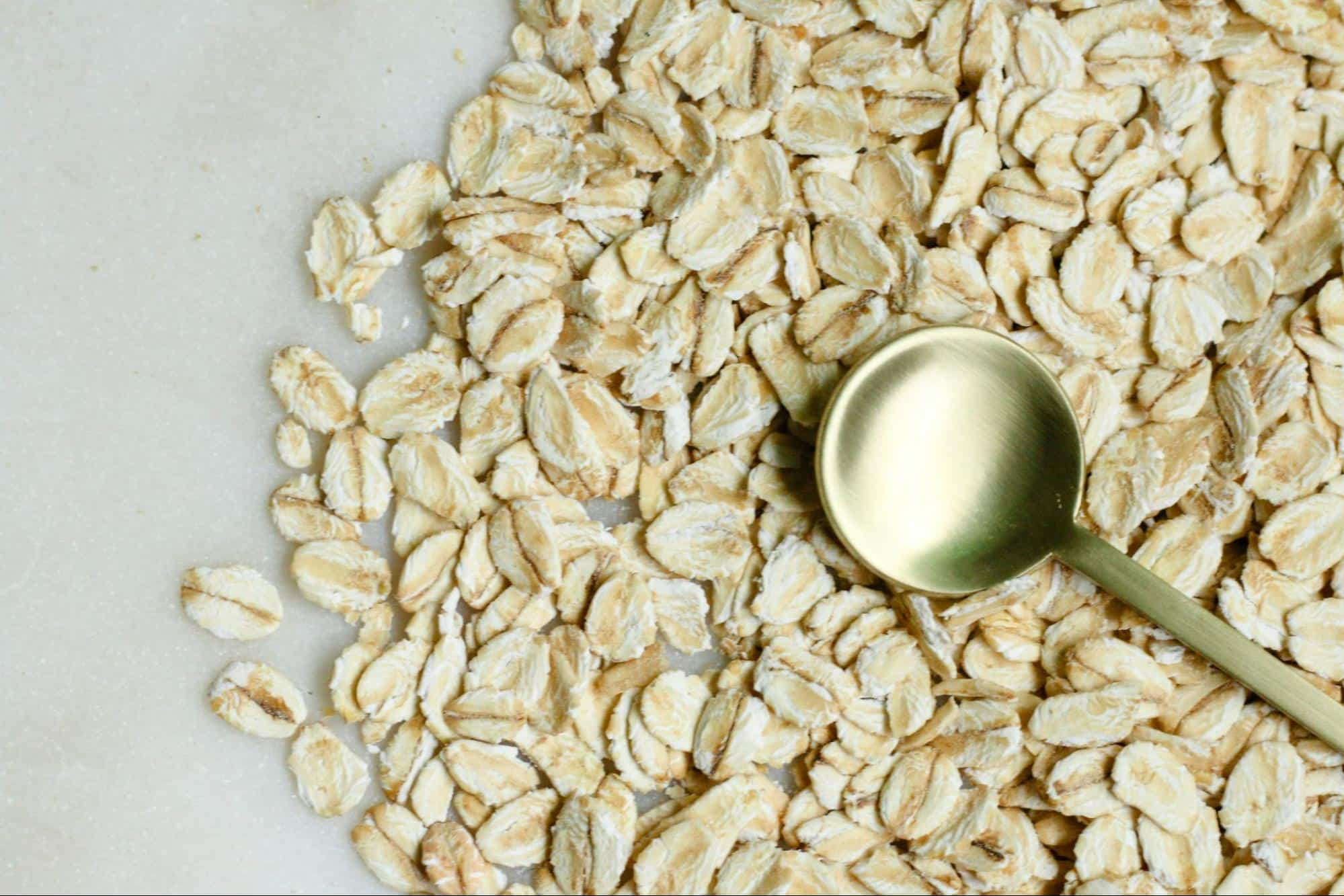
Oats provide about 5 grams of protein per half-cup dry and more when fortified or paired with milk or seeds. They’re also loaded with soluble fiber, which supports heart health and digestion. Oats are versatile, bake them, blend them, or stir them into overnight meals. They’re a breakfast classic with more muscle behind them than you might think.
Tip – Rotate Your Proteins for Maximum Nutrition

Relying on variety not only keeps meals interesting but ensures a broader intake of nutrients. Each protein source brings its own unique blend of vitamins, minerals, and health benefits. Alternating between plant-based and animal-based proteins helps cover nutritional gaps. It also supports sustainability and digestion. Make protein diversity a permanent part of your nutrition playbook.
Conclusion – Protein Doesn’t Start and End with Chicken

The protein world is far wider than just chicken, eggs, and whey. With a little exploration, meals can become more satisfying, flavorful, and nutrient-dense. These lesser-known options provide all the fuel your body needs without relying on the usual suspects. Whether you’re looking to change things up or meet dietary needs, these foods prove that variety truly is the spice of a strong, healthy life.






Ask Me Anything